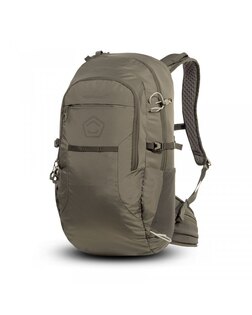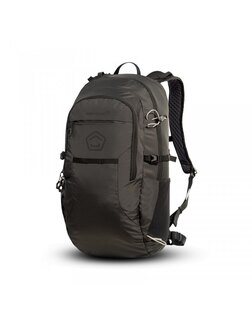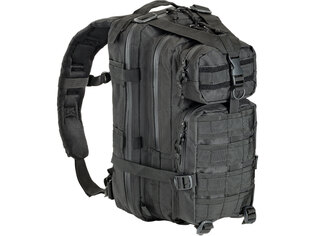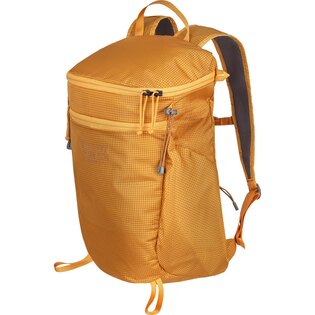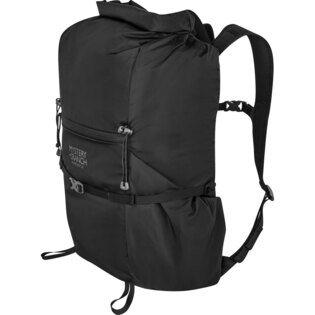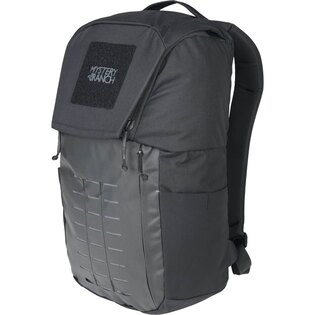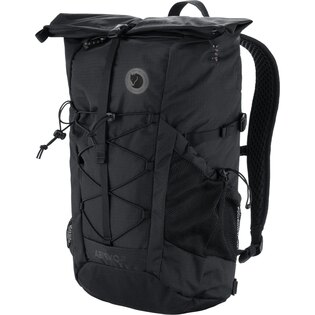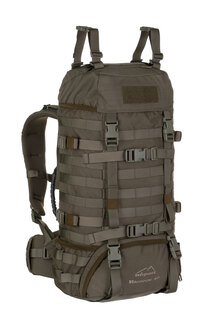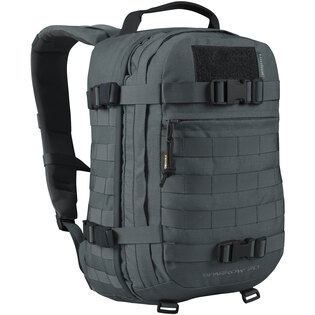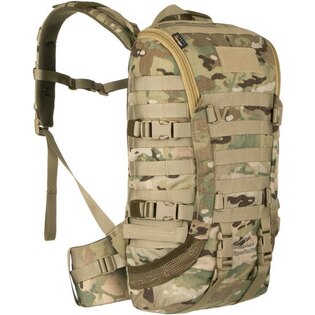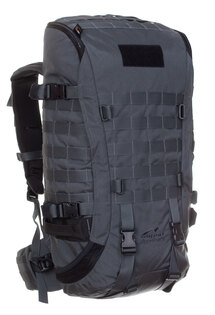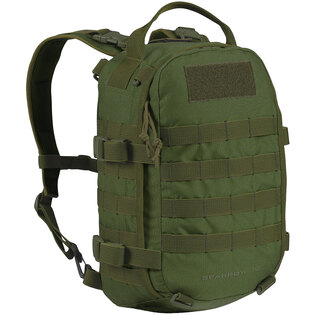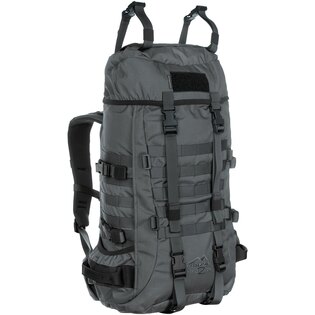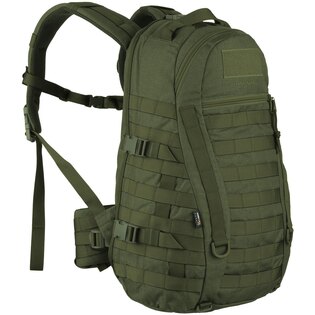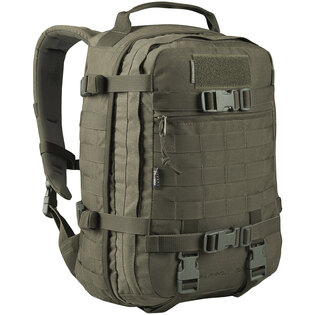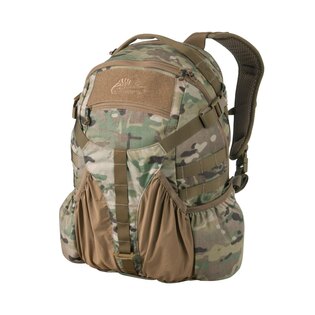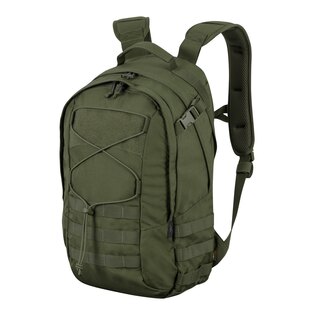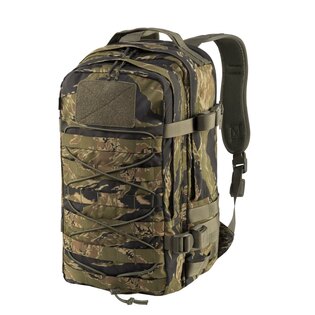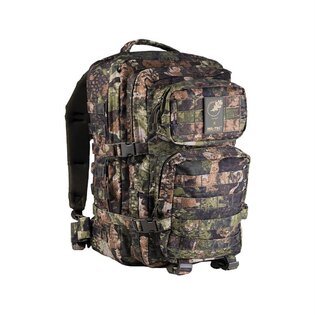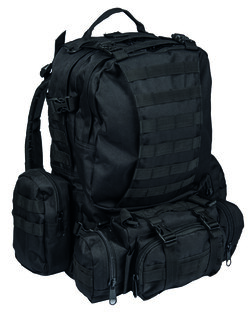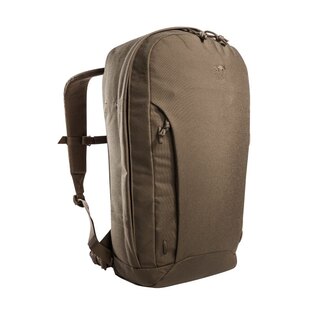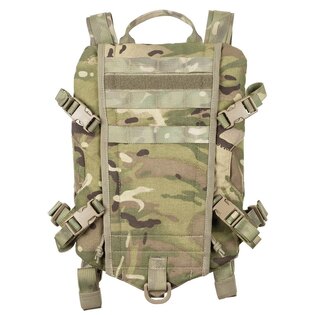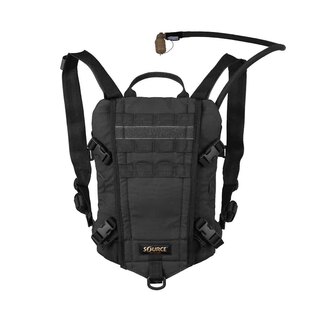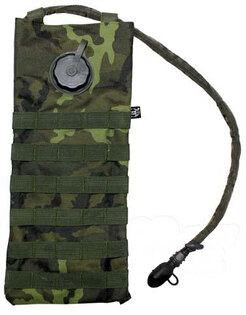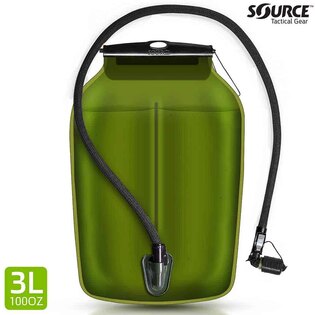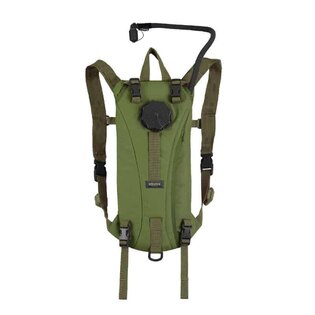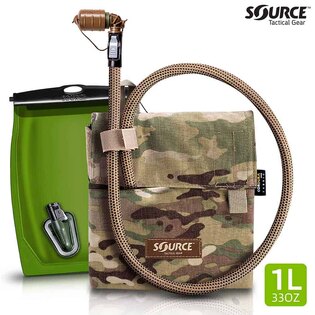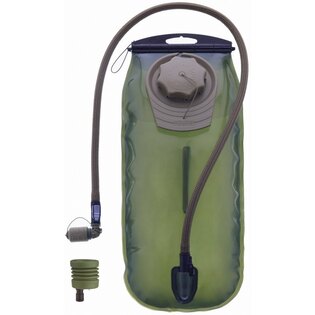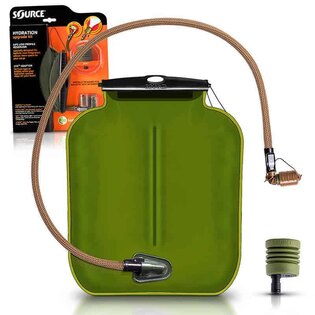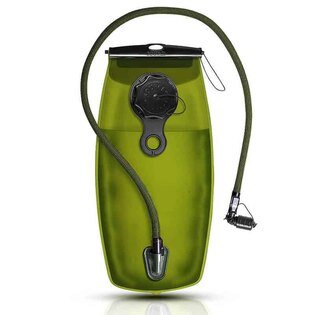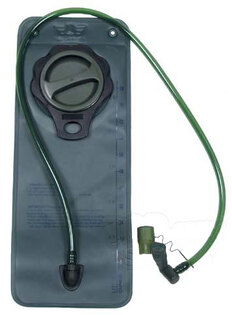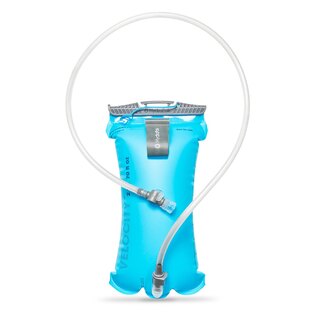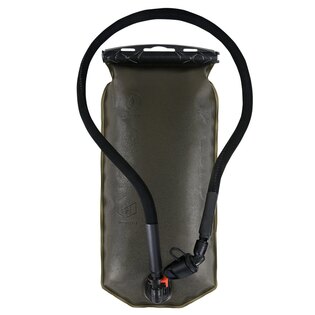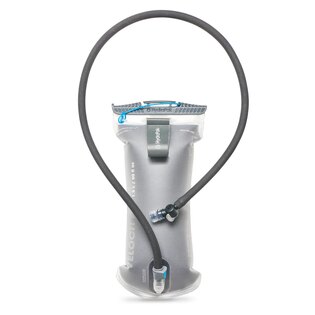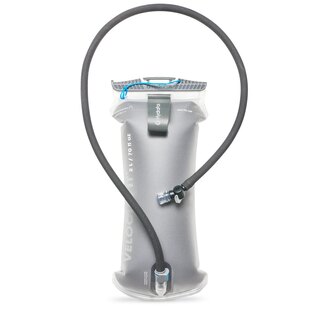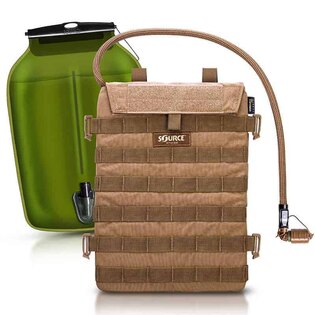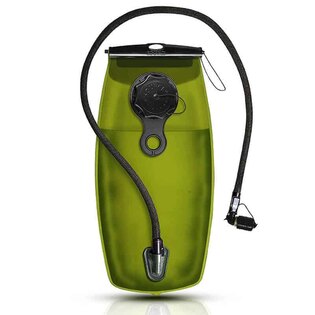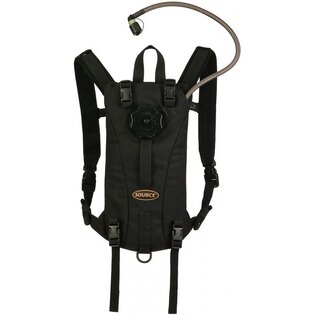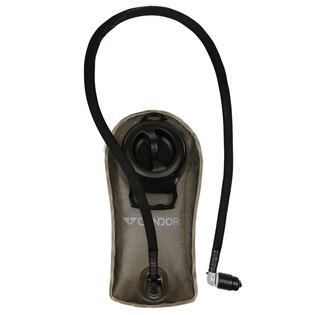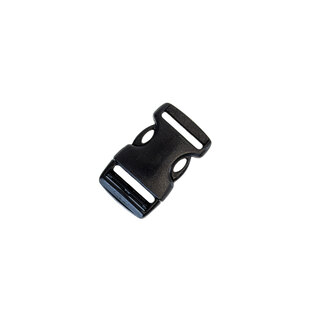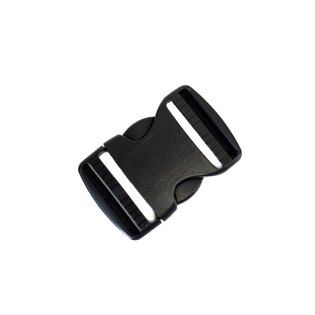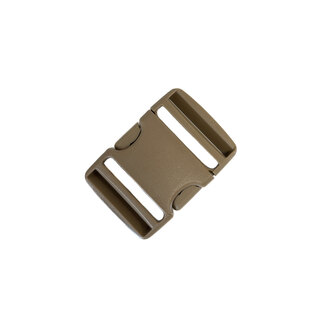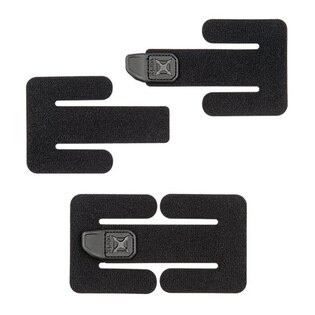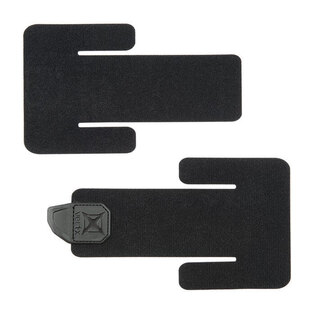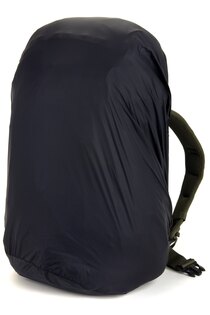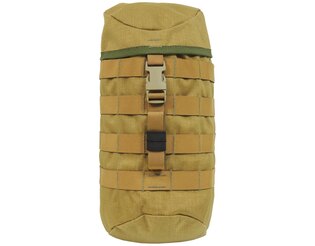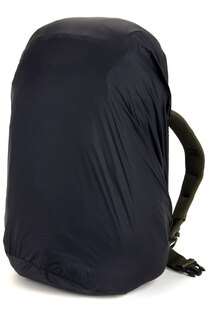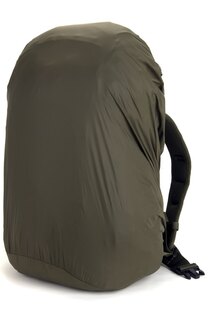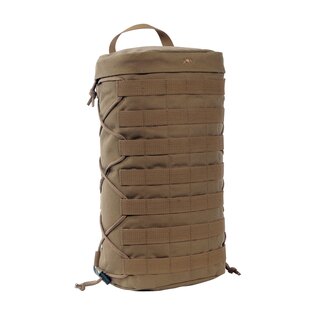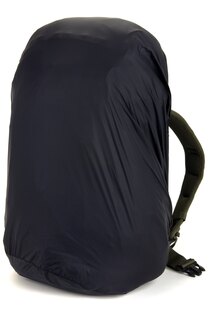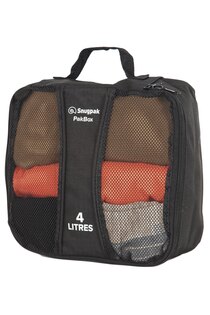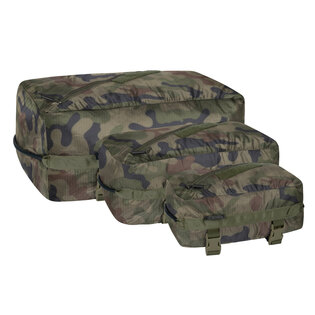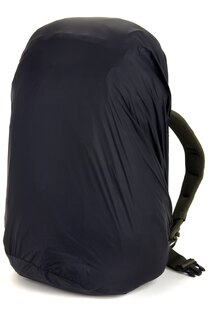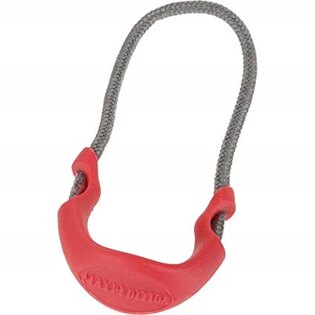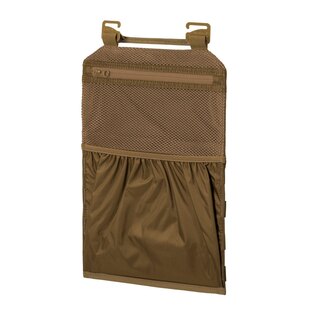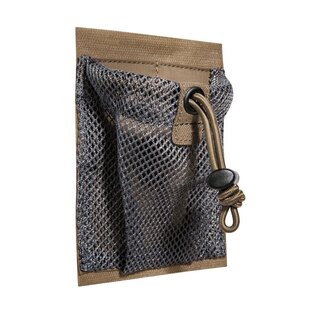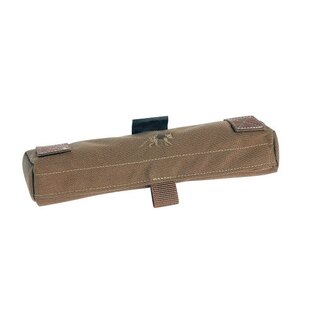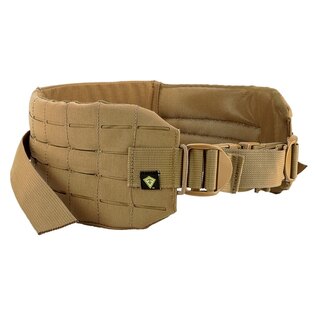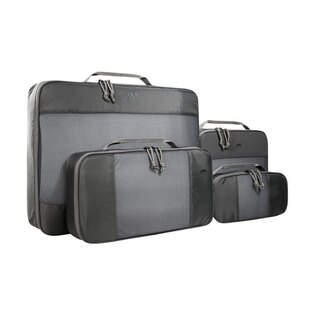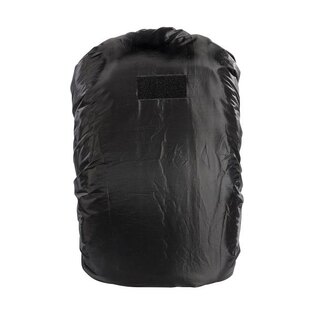How much should a backpack weigh in relation to body weight
During your adventure trips, you should consider various factors, one of which is the weight of the backpack you carry on your back. Did you know, for example, that you should adjust it to your body weight? In the following article, we will look at the rules for this. And if you want to read about how to lighten your backpack and what you definitely should not take on your trip, we have already written about that.
How then do you determine what load is optimal for you?
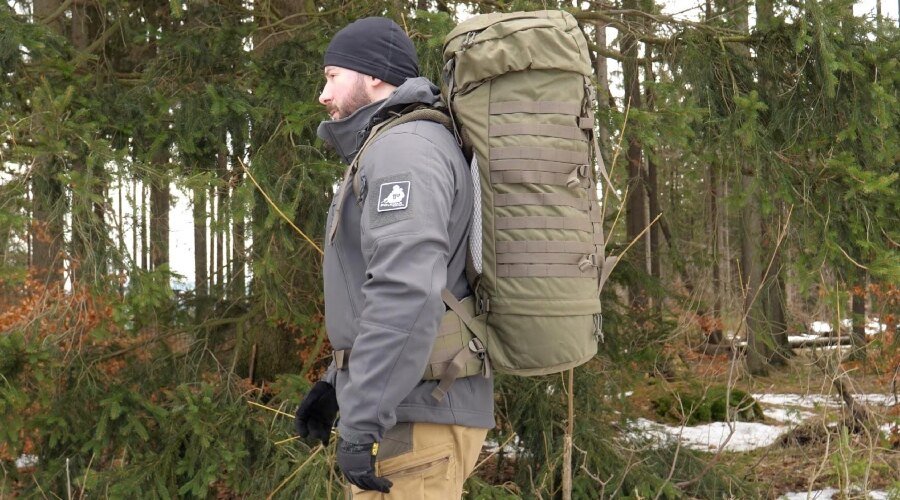
Tasmanian Tiger Field Pack II Backpack
How much does the hiking backpack weigh
When calculating the weight of your luggage, you must include not only its contents but also the body of the backpack itself. The fabric, buckles, and straps all add weight... Depending on how long you plan to stay away from civilization, the backpack can weigh approximately from a little over one kilogram to even three kilos. As we will demonstrate further, three kilograms by themselves can already be a significant portion for people of average build.
It is necessary to take into account that you will have to carry the same load (maybe except for the food eaten during the day) on your back from dawn to dusk. This is not like moving furniture or carrying bricks at a construction site, where you might be able to carry more at once, but you get to rest between each move lasting several minutes.
Weight of the hiking backpack with equipment
There are those who can wear a thirty-kilogram backpack all day long. The author's record is 26 kilometers per day with a 25-kilogram load. Since then, he has not repeated it. And then there is an even higher league – you have probably heard of the guys who can carry 80 to 100 kg from the foothills of the Tatras to mountain huts. However, the vast majority of us cannot and do not want to match these professional carriers. But how much can we actually carry?
There is an unwritten rule that you should not carry more than 20 percent of your body weight on your back for extended periods. For an average 70kg man, this means a 14kg backpack including gear, for a 60kg woman it is 12kg. According to labor law, women in the workplace can carry “with frequent lifting and carrying” a maximum of 15 kilograms, for men it is double. With occasional lifting and carrying, it is then according to the law, 20 and 50 kilograms, respectively.
However, labor law and hiking in the mountains are a "little" different. Firstly, in our free time, we certainly don't want to be at maximum load, and it's also not entirely good for our back (and not just that). The weight you carry should always be determined based on your own abilities. It also depends on your physical constitution. If it is asthenic, you probably won't be able to carry much. The same applies if you are overweight. If you weigh 120 kg, it certainly doesn't mean that you are capable of carrying almost a quarter of a quintal on your back, even though it would correspond weight-wise.
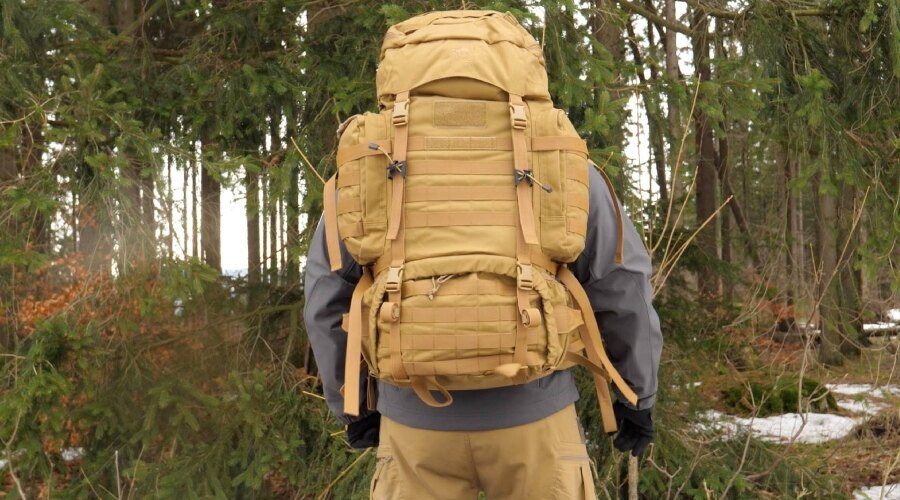
Backpack Tasmanian Tiger Raid Pack III
Ratio of body weight to backpack weight
The mentioned 20 percent is only approximate. Depending on the specific ratio of your body weight to the weight of the backpack, we can generally divide the carrying weight into three categories. For low weight, we will consider a backpack weight to body weight ratio of 10 percent. For medium weight, it is 15 percent, and for high weight, the mentioned 20 percent.
For a 90kg man, the specific numbers are as follows:
- Low weight - 9 kg
- Average weight – 13.5 kg
- High weight - 18 kg
For a 60kg woman, they are then such:
- Low weight - 6 kg
- Average weight – 9 kg
- High weight - 12 kg
The best way is to prepare for the journey in advance. This means loading the chosen weight on your back and walking with it for about five to ten kilometers. Even around the city park. If your back isn't destroyed after such a route with the given load, you've won.
What affects the weight of your backpack
The weight of your backpack is naturally influenced by various factors, including how long a trip you are planning to take. What do you need to consider when planning the weight of your backpack?
Length of journey
The logical first step is to consider the length of the journey. Shorter day trips require less packing, but paradoxically, you might end up carrying more. On the other hand, longer expeditions require more detailed planning of the contents of your luggage, as a backpack tends to weigh more on a longer journey.
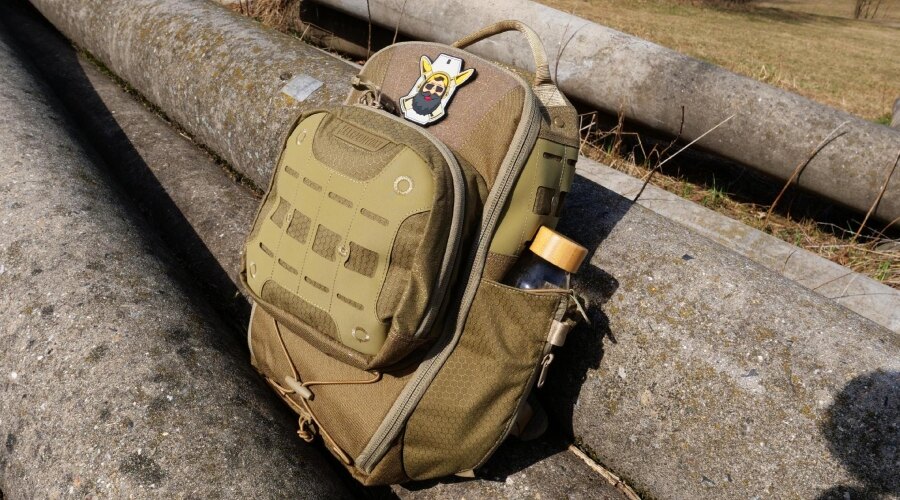
Maxpedition Lithvore backpack
Basic weight
You should consider not only the overall weight of the backpack but also the partial so-called base weight. This means the weight of the backpack with equipment, but without food and water. The weight of provisions is variable (and again, it depends on how long you need to pack for). During the journey, the amount of food will naturally decrease, and thus the luggage will weigh less. However, you will need to replenish water continuously, so in this case, the weight fluctuates. The base weight should naturally be lower than the total load you can carry.
Weight of food and water
Here you should calculate correctly, as almost every gram matters. For food, it's ideal if you pack high-calorie foods, such as energy bars, which have a great energy-to-weight ratio. As for vitamins and minerals, you can supplement with dried fruits and meat (jerky), or alternatively with food supplements (such as vitamin capsules). Definitely consider also purchasing dried portions of ready meals, to which you just need to add water and you have the main meal of the day solved easily, quickly, and without unnecessary burden. Depending on the season, you can also collect wild berries or mushrooms.
You can also plan your route to pass by refreshment facilities and inns. But definitely plan it to pass by water sources. An ideal way to maintain hydration on the way is to have water filled in a hydration pack. This way, you won't even have to take the backpack off to drink occasionally. Hydration packs for hiking should have a capacity of about 1.5 liters to 3 liters; choose the specific size of the pack depending on how many drinking water sources are on the path ahead of you.
Weather conditions and seasons
An important factor to consider is the season in which you are embarking on the hike and the weather conditions. Although weather forecasts are not always accurate, it is a good idea to check the weather for your journey in advance and at least roughly prepare for it. Logically, if you are setting out in the winter season, you will have to account for your backpack being heavier. At least due to a bulkier sleeping bag and warmer clothing.
At the same time, you should also make sure your backpack is waterproof. Especially if you are setting out for multiple days, it is very likely that you will encounter rain along the way. And drying all your equipment is definitely not something you want to do.
Insufficient versus excessive packaging
The last topic we want to touch on in this article is under-packing versus over-packing. When packing a "survival kit" for survival, we can only consider the basic equipment. The minimum standards for wilderness survival are: water, food, and weather protection. This means appropriate seasonal clothing and protection from rain. At least a waterproof jacket with a hood or a raincoat, but also waterproof shoes. And a quality sleeping bag, if you are going for multiple days. You should also consider basic first aid kit equipment.
If you are missing something from the above, you should add it. Anything else can be considered an extra and a luxury.
Readers are further interested





































































































































